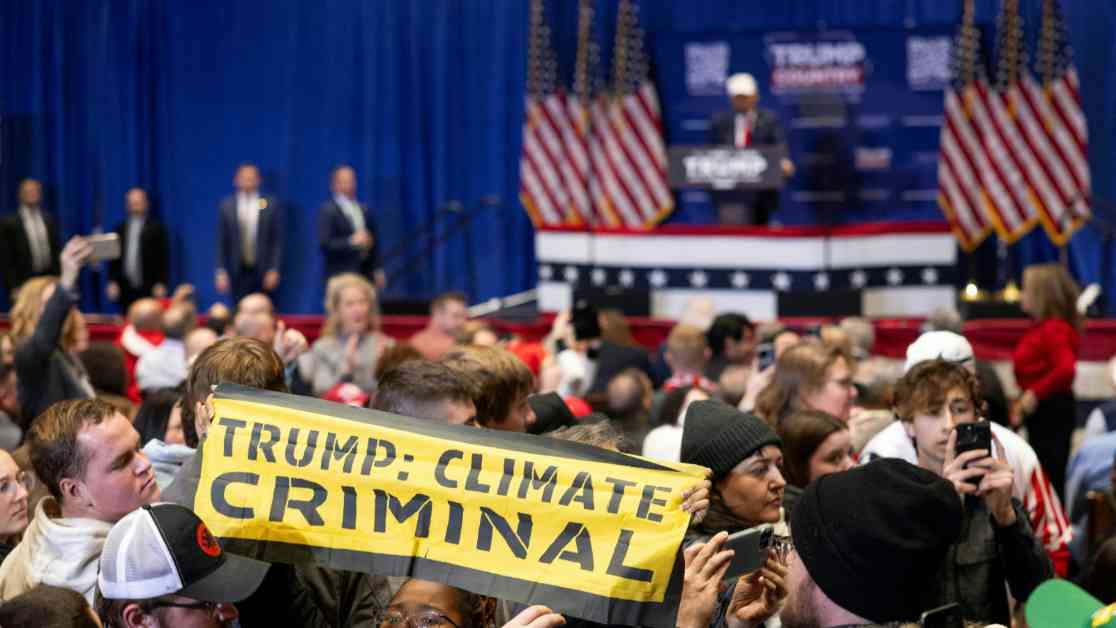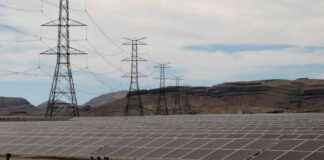Navigating the Climate Crisis: Strategies for Activists in the Trump Era
In a bold move to demand action on climate change, two activists at London’s National Gallery made headlines on October 14, 2022, by splattering tomato soup on the glass protecting Vincent van Gogh’s famed “Sunflowers” painting. While many viewed this act as vandalism, it underscored the frustration felt by climate activists worldwide. Despite decades of peaceful protests, global carbon dioxide emissions continued to rise, and governments approved new oil and gas projects. The question on everyone’s mind was clear: how could activists shake things up and capture public attention?
Trump’s second term marked a pivotal moment for climate activists, with the president declaring an “energy emergency” to expand fossil fuel production. Keanu Arpels-Josiah, a 19-year-old organizer with Fridays for Future NYC, highlighted the urgency felt by activists post-election, recognizing the need for a new approach in the face of inadequate progress on climate action.
The Rise of Climate Activism: From Trump to Biden
When Trump assumed office in 2017, a surge of energy revitalized climate activism, riding the wave of the broader “American Resistance.” Groups like the Sunrise Movement and Zero Hour led the charge, while Greta Thunberg’s school strikes ignited a global youth movement. However, when Biden took office in 2021, the climate movement faced fractures as differing approaches emerged between mainstream environmental organizations and radical grassroots activists.
The Trump Effect: Reuniting the Resistance
With Trump back in power, climate advocates are expected to band together once more, joining forces with other progressive causes against a common adversary. Dana Fisher, a climate activism expert, predicts a resurgence of the Resistance movement, albeit in a transformed state, as activists unite to confront the challenges ahead.
The Power of Protest: A New Era of Activism
In response to the Trump administration, progressive activists are exploring a variety of strategies, from civil disobedience to mass rallies, to amplify their message. While disruptive tactics like blocking traffic and confrontational protests draw attention, more traditional methods like rallies remain essential for building broad coalitions and mobilizing support.
Looking Ahead: Building Momentum in a Divisive Climate
As the climate movement seeks to evolve and adapt, activists are preparing for potential crackdowns on protests and civil disobedience. With an updated focus on nonviolent direct action and community empowerment, organizers are gearing up for a tumultuous period ahead, anticipating challenges and obstacles in their path.
Connecting the Dots: Climate, Injustice, and Hope
In the wake of devastating wildfires and economic hardships, activists are working to connect climate crises to broader societal issues, such as rising living costs and the need for resilient infrastructure. By highlighting the impacts of climate change on people’s lives and livelihoods, organizers aim to inspire action and foster belief in a better, more sustainable future.
In the face of uncertainty and adversity, the climate movement stands poised to chart a new course, armed with a renewed sense of purpose and a commitment to driving meaningful change. As activists navigate the challenges of the Trump era, their resilience, creativity, and unity will be critical in shaping a more sustainable world for generations to come.














